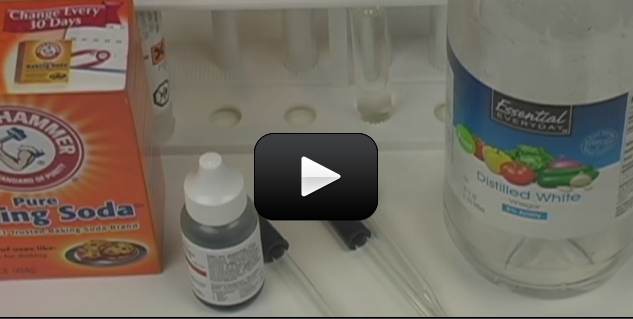This experiment is for advanced students. All chemical reactions are equilibrium reactions. This experiment is really cool because you’re going to watch how a chemical reaction resists a pH change.
Please login or register to read the rest of this content.


We’re not aware of a chemistry supplier in Canada. But you can check here. They most likely ship to Canada: https://www.homesciencetools.com/
Where can we buy these chemistry sets in Canada? I’m having a hard time finding a site in Canada or a site able to ship to Canada. Thanks. (particularly C3000 v 2.0)
Yes, that’s right. Universal indicator is actually a solution of lots of different compounds make the color change more of a smooth progression than the anthocyanin in the red cabbage juice (and the colors will be different pH levels), but the idea is the same.
So if I just take a purple cabbage and boil it to get the color that is the same thing as the universal indicator?
You can make some from purple cabbage juice, or you can buy it inexpensively here.
??? In our C3000 kit there is no universal indicator. What exactly is it and any recommends on where to get some so we can do the bicarbonate buffer experiment? Thank you!